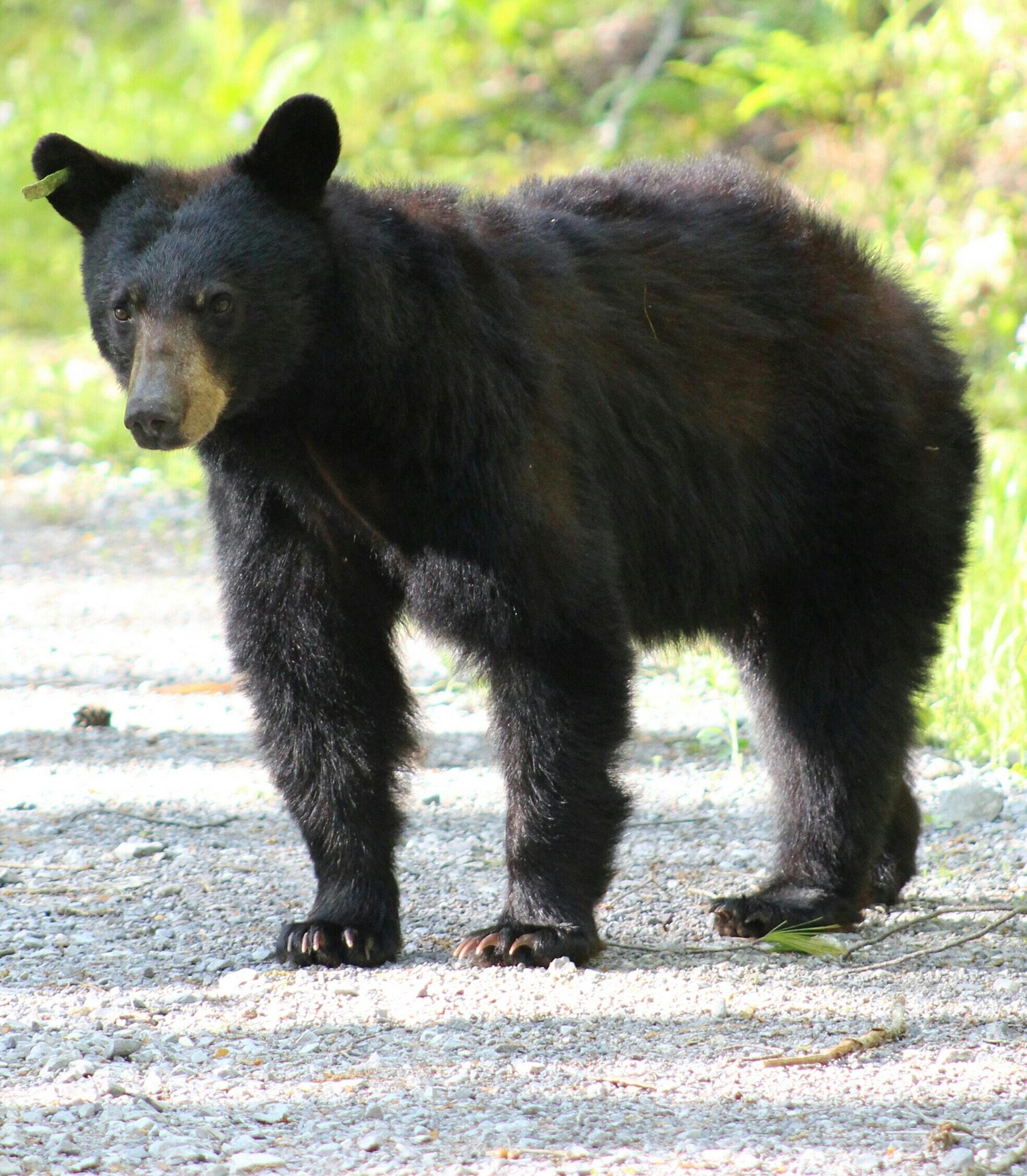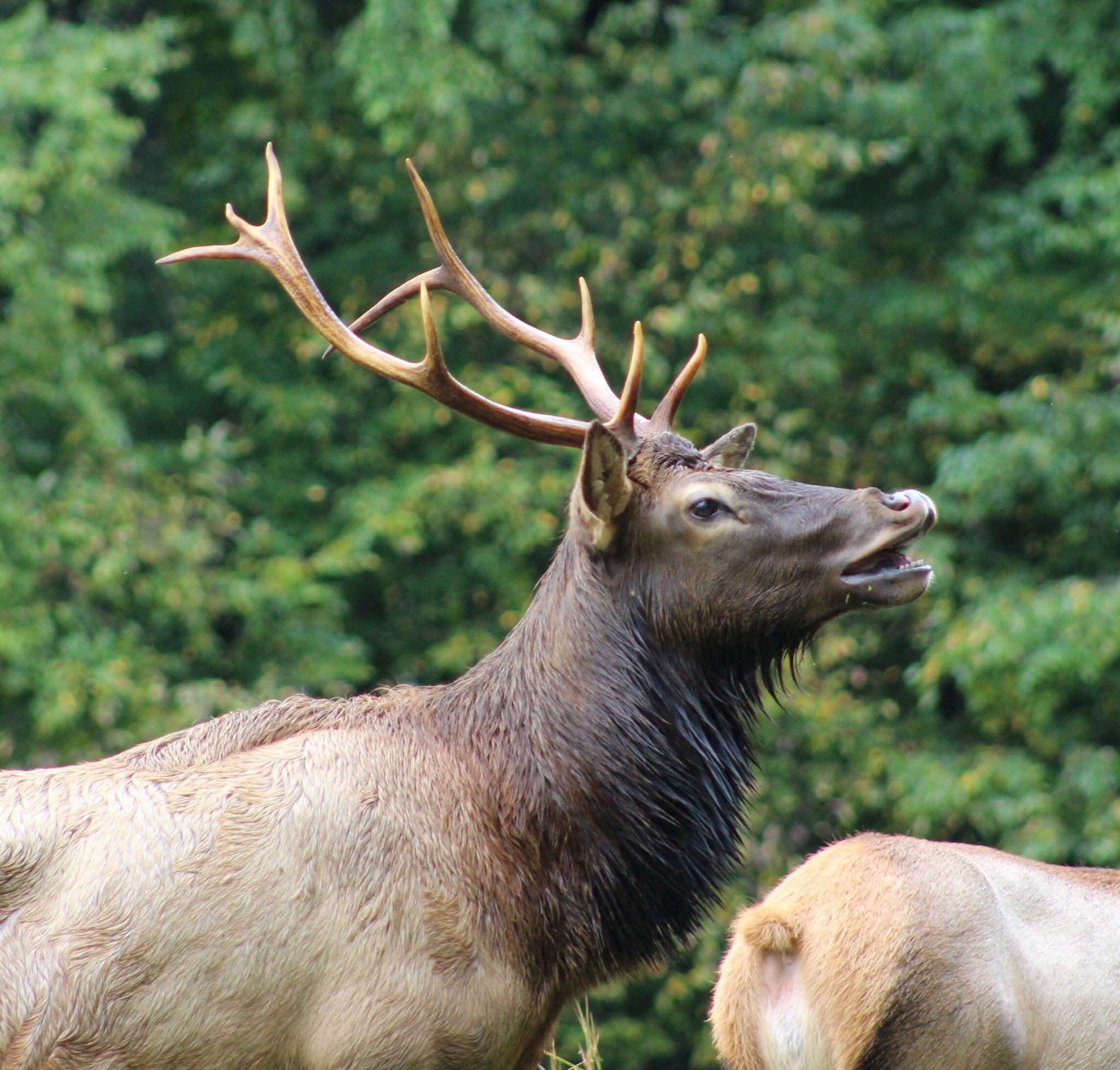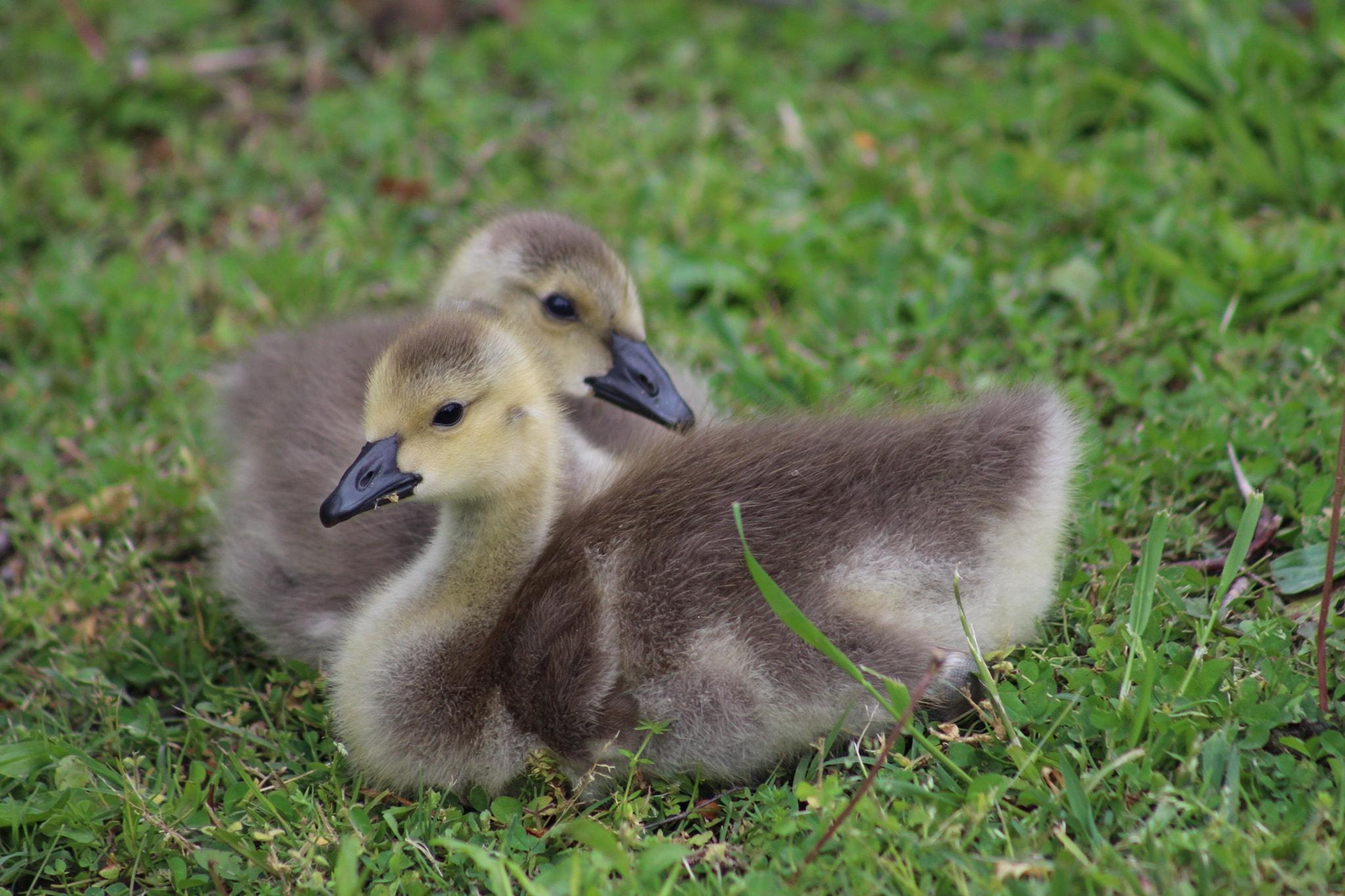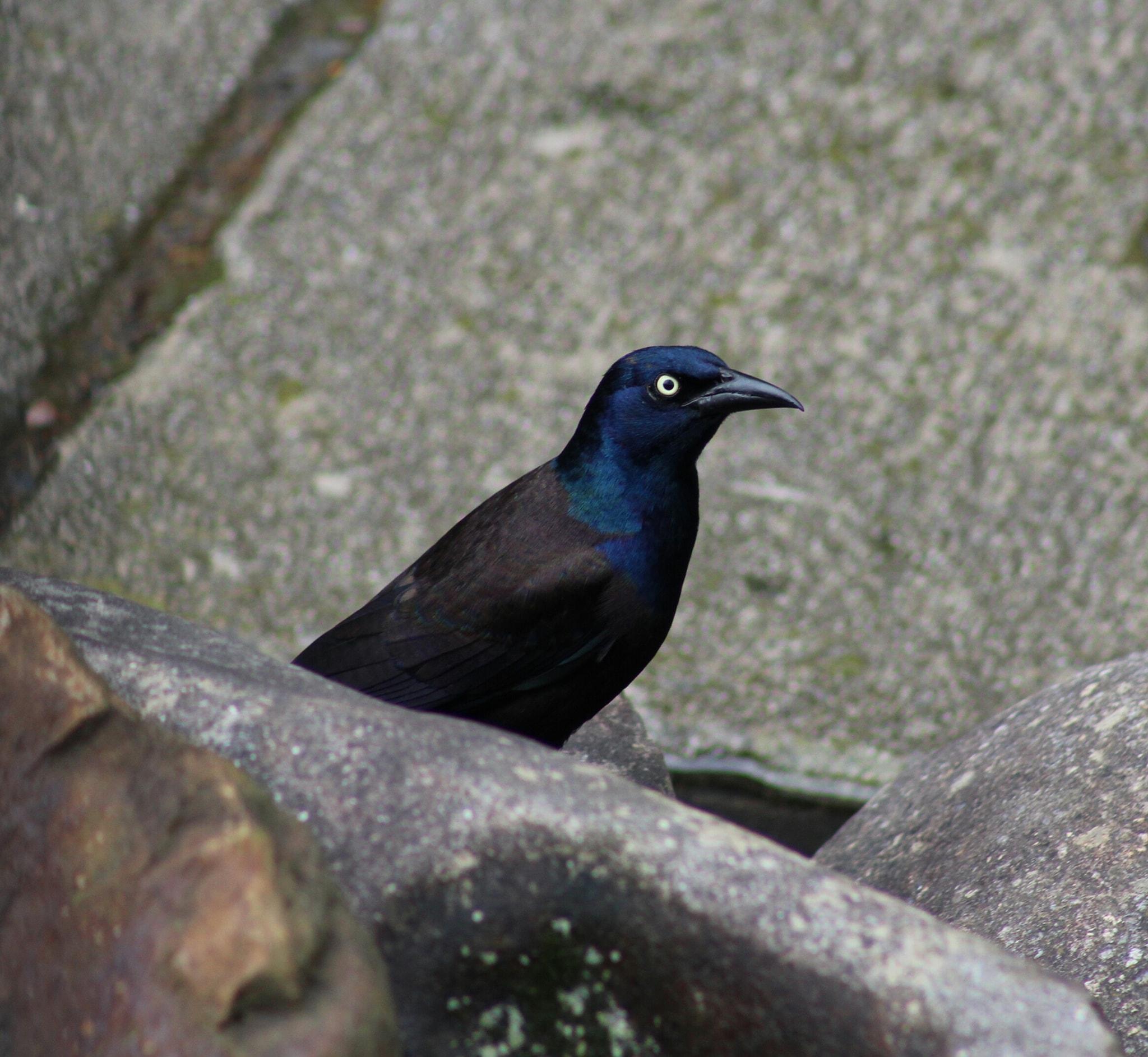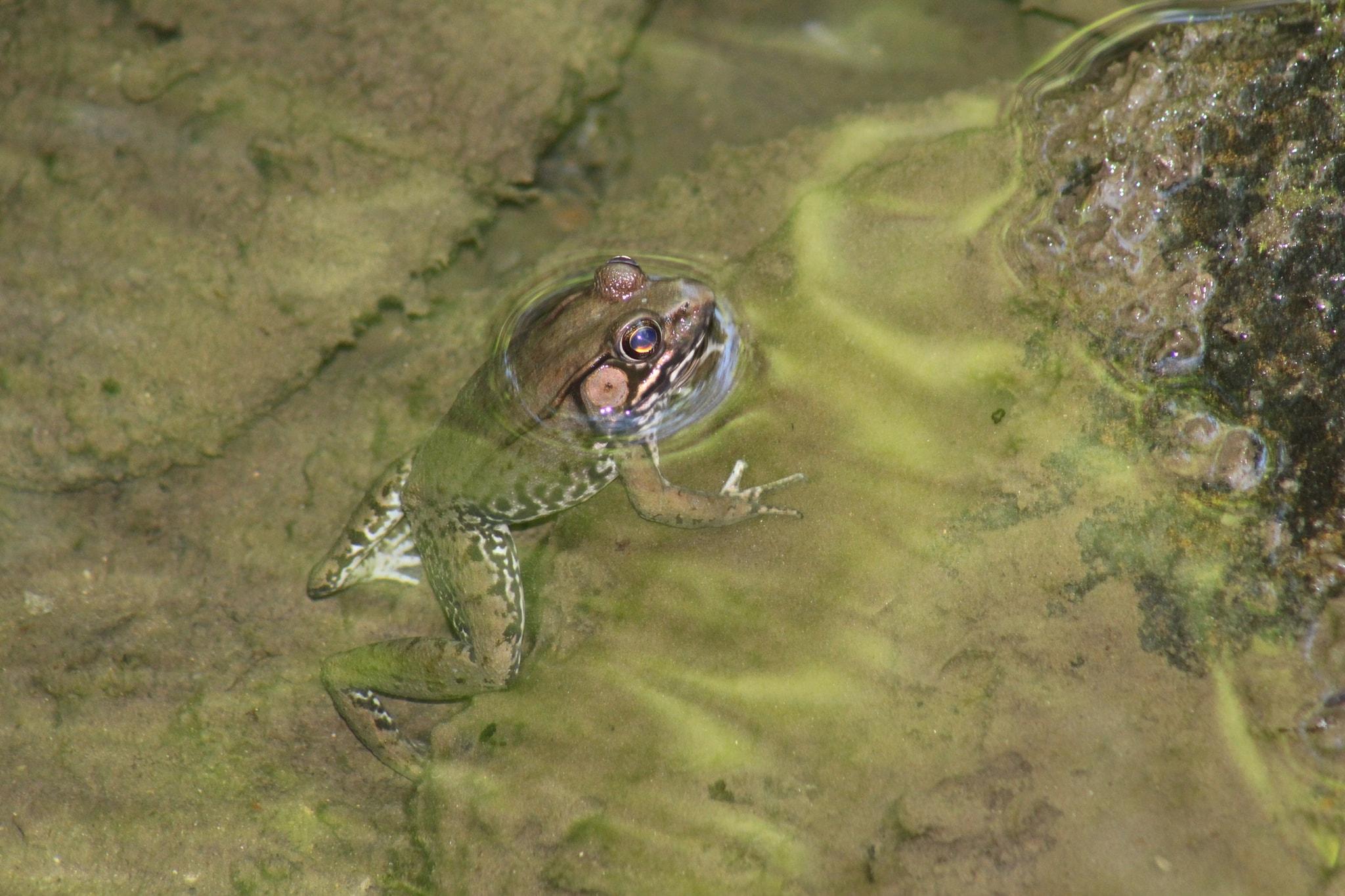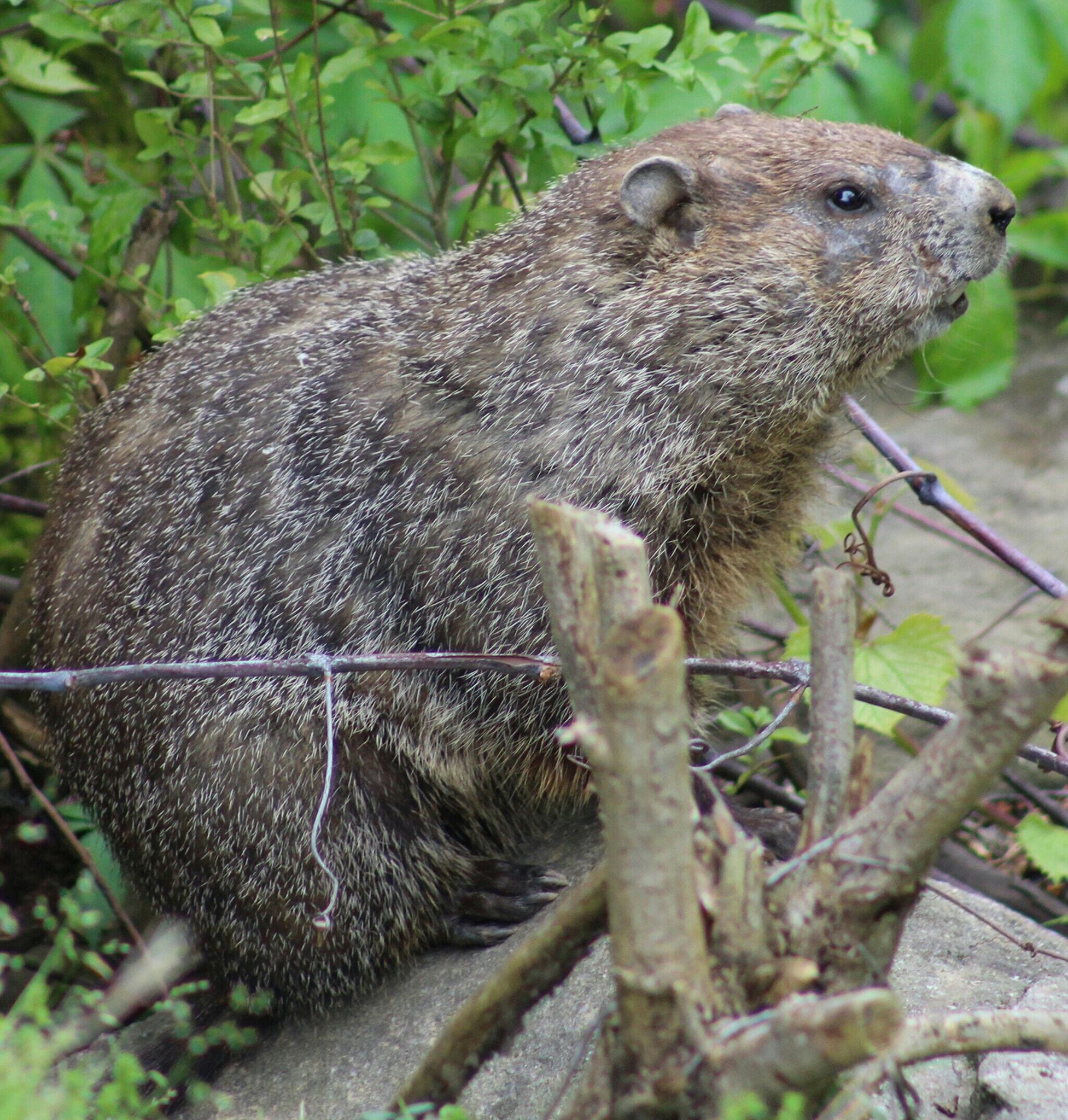Oct 2, 2020
Wildlife Viewing and Safety Tips
One of the best parts of visiting the Great Smoky Mountains is all of the wildlife unique to this region of the world. In fact, there are 65 mammal species alone. Animals like elk, coyotes, raccoons, bobcats, white-tailed deer, and black bears are essential parts of the park’s ecology. But there are also smaller inhabitants with valuable functions, like fireflies, turtles, bats, chipmunks, and salamanders. To make your adventure the best, here are some wildlife viewing and safety tips for the Smokies.
Best Locations for Wildlife Viewing
-
Bears
Just under 2,000 black bears live in the Smoky Mountains, so the probability of seeing a bear is high. But, if you want to increase your odds, check out the Cades Cove area in the park’s western region.
-
Bobcats
These nocturnal and reclusive animals are the only feline that lives in the park. Because of their solitary lifestyle, you can count yourself lucky if you spot one of these beautiful cats.
-
Elk
In 2001, the park officials reintroduced 25 elk into the Great Smoky Mountain National park, and the following year they reintroduced 27 more. After 200 years, elk are being spotted in Tennessee again. Elk are most active in the mornings and are most readily spotted in the park’s Cataloochee section.
-
White-Tailed Deer
– The white-tailed deer is the smallest of the deer species and is a common sight in open areas like Cades Cove.
-
Fireflies
There are 19 firefly species in the park, but one of the most unique is the synchronous fireflies. Each year, these beautiful creatures put on a spectacular show in the Elkmont area of the park during their mating season.
For some more information on some of your favorite wildlife in the Smokies, check out our friends at www.wildlifeinformer.com and www.smokymountains.com.
Wildlife Safety Tips
Often when we first discuss wildlife safety tips, many people assume we are giving directions to keep humans safe. And while human safety is essential, much of this information is in place to maintain our wildlife’s safety.
-
Never Approach
The national park’s Code of Federal Regulations states no one can willfully approach wildlife within 150 feet or any distance that disturbs or displaces the animal. This rule also includes letting animals approach you. We do this to maintain our safety, but this also respects the wildlife’s natural habitat. Instead of coming closer, use binoculars, spotting scopes, or cameras with telephoto lenses to enjoy the animals.
-
Never Feed
You may think feeding the animals could cause no harm, but you are very wrong. Nearly 10,000,000 people visit the park each year, so if only 1% of our visitors fed the wildlife, that would be 100,000 people a year. This interaction teaches the animals to associate humans with food, and if the animals lose their fear of humans, they become dangerous and unpredictable. Dangerous and unpredictable animals aren’t safe for visitors and often end up being euthanized. So, next time you feel inclined to feed the precious, hungry bear cub, keep in mind, you may be signing its death warrant. We also want to emphasize the importance of properly storing food and trash disposal while picnicking, camping, or staying in the park because it has the same consequences.
-
Do Not Disturb Natural Habitat
The park is our wildlife’s homes. How would you feel if your guests came into your house and started reorganizing your cabinets or moving around your furniture? You would be frustrated and feel disrespected. Animals feel the same about their homes. But there is another danger level when you move vegetation in the forest or change the rock formations in a creek, etc. These activities can potentially change the environmental impact within the park entirely, which will significantly affect the wildlife.
Whether you are visiting the park for the day or spending a week camping off-trail, your actions play into the wildlife’s ability to thrive in their natural habitats. Keep these wildlife viewing and safety tips at the front of your mind on your next visit to the Smokies.
I would also like to thank visual storyteller Randy Ratliff for most of the beautiful photography in this post.

